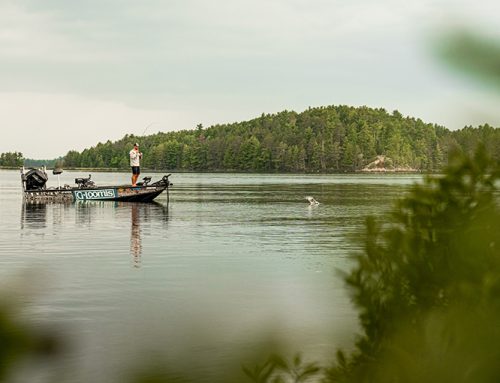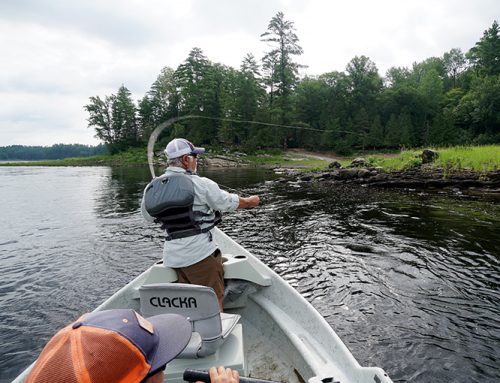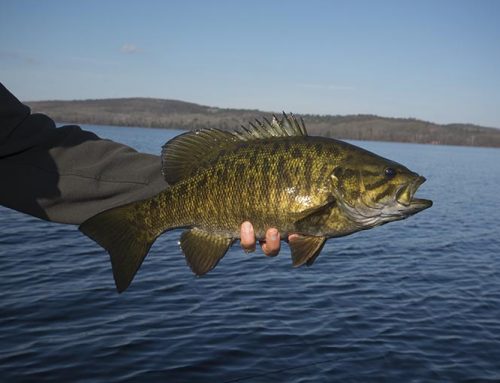The flush of a cock pheasant still makes my heart skip a beat, but outside of game farms, pheasant hunting in Ontario means either Pelee Island or one of the other areas with a pheasant release program. Norfolk County’s is one of the finest. It has a large amount of natural cover remaining and birds are released several times through the season, for a total of 750 annually, providing continued hunting opportunities. Many municipalities release birds only prior to the season or on specific days.
A fast start
On a warm day in early November, friend Archer Downey and I set out with our dogs to hunt Norfolk’s pheasants in an area owned by the Long Point Region Conservation Authority. It was a combination of mixed woodlot and prairie grass converted from farmland.
About five minutes from the parking lot, the dogs started getting birdy. My springer spaniel, Hank, flushed a cock bird about 30 yards in front of me. It rose almost vertically before I connected with it on my second shot.
Camera shy
Archer and I then separated, he working the edge of a gully with his German wirehair, Eiken, and I the higher land. Soon after another flush, Archer yelled that there was a bird on the move in front of him heading towards the woods. Hank got on the trail and the bird eventually flushed, reaching an altitude of all of four feet before landing again.
Coming up out of the gully, Archer said, “I think the wing was damaged. Eiken pointed it a couple of times, but it wouldn’t flush.” He would be proven wrong.
I last saw the bird going through long grass towards a small stand of pines. We split up on either side of the pines. The bird flushed at the edge of range and neither of us got a shot off. Satisfied we flushed the bird, we prepared to take a few photos. Suddenly, Hank flushed another pheasant as I stood there camera in hand, instead of gun.
Proceeding on, we headed in the direction where I heard a cock bird calling. Just as I realized Hank was on the bird and pushing the edge of range, he flushed it. We both fired and didn’t connect. Hank redeemed himself, following the bird and flushing it again. It landed in a wooded section next to us.
Archer and Eicken worked along the grass, while I went inside the woods. Eicken flushed the bird and presented a crossing shot in front of me. I swung and hit it at 25 yards.
We worked our way back to the vehicles and flushed two birds along the way. One flew right into the sun and the second was fortunate we were again taking photos and unprepared.
I suspect we were lucky enough to be the first ones at the site after the release. It’s not always that good, but I say nine flushes in a couple hours is pretty exciting hunting.
Programed for success
The format of the release programme now run by Norfolk County was set up by the Long Point and Area Fish and Game Club. Steve Scheers, Norfolk’s manager of forestry, saw a good opportunity for community involvement when the county took it over in 2000. It’s now run through a combination of continuing involvement by fish and game club members and county staff volunteering their time outside work hours.
“The program definitely pays for itself,” said Scheers. “Each year, more than 725 licences are sold.”
The season runs from October 17 to December 15 this year. The daily limit is three birds of either sex.
Norfolk County has an emphasis on local food production, and cooking the pheasant, along with some Norfolk County potatoes bought at a roadside stand, confirmed the food connection can be a tasty one.
CONTACT INFO
Norfolk County Tourism
www.norfolktourism.ca
or 1-800-699-9038






Leave A Comment